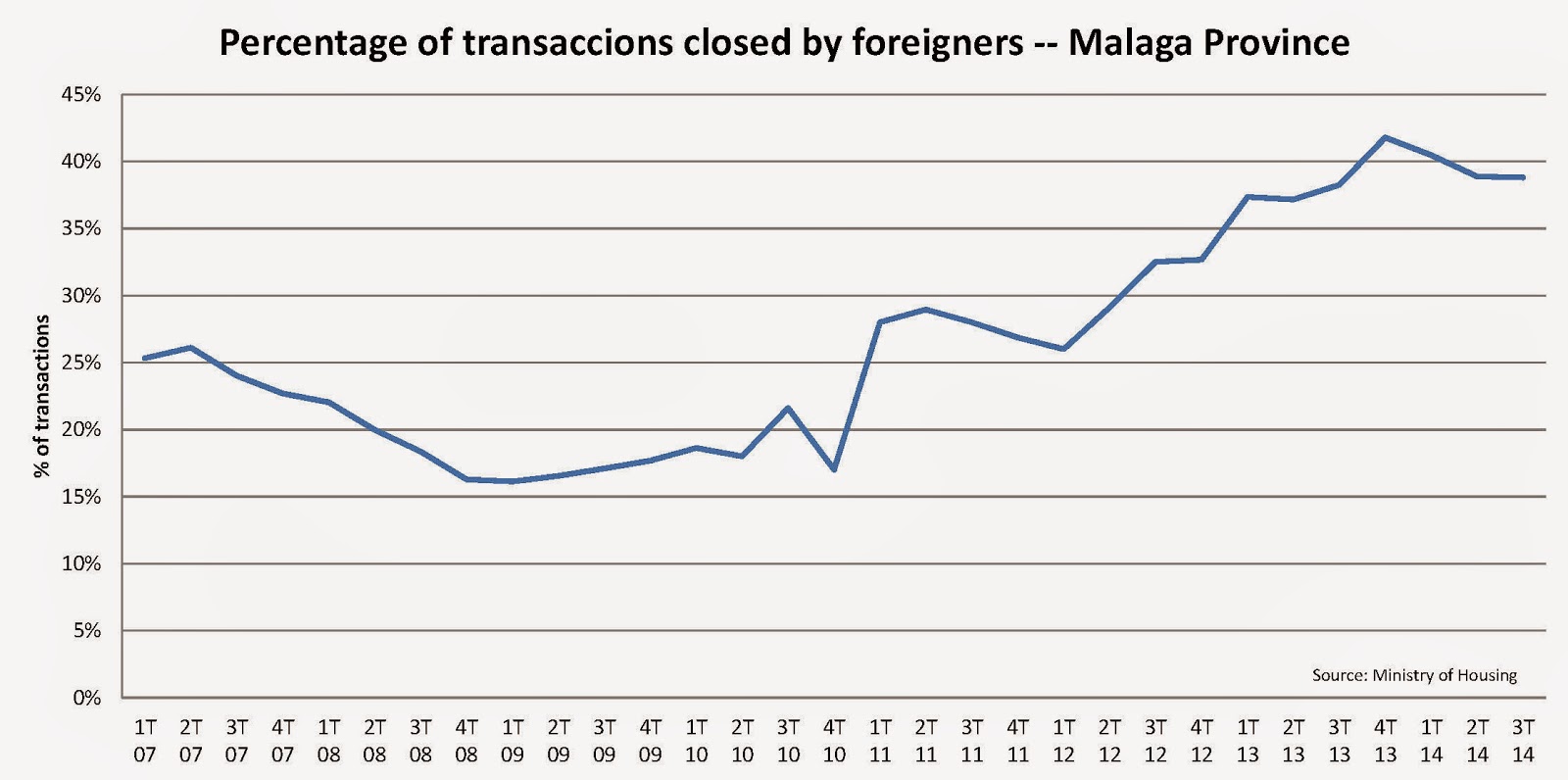Cancelar una hipoteca en el Registro una vez que esta totalmente pagada puede parecer un asunto legal complicado pero no es así. Hay cuatro simples pasos a seguir:
Banco:
El banco deberá emitir gratuitamente un certificado de que no hay deuda pendiente. Ese es el documento que prueba que la hipoteca de su propiedad ha sido totalmente pagada.
Notaria:
La notaria preparará la escritura de cancelación de la hipoteca en base a la escritura de la hipoteca cuando esta fue constituida y el certificado de que no hay deuda emitido por el banco. Un representante del banco con poderes notariales irá a la notaría y firmará, en nombre del banco, la cancelación de la hipoteca.
Oficina Liquidadora:
El impuesto de Actos Jurídicos Documentados (AJD), aunque la cancelación de hipoteca tiene coste cero, tiene que ser liquidado. Se hace en la Oficina Liquidadora rellenando un impreso 600 con la información que se recopila de la escritura de la cancelación de la hipoteca, se presenta y se sella reflejando que la escritura se ha liquidado de impuestos.
Registro de la Propiedad:
Una vez estén preparados todos los documentos necesarios, deben presentarse en el Registro de la Propiedad para la cancelación de la hipoteca. En unos días, el Registro emite una notificación informando que la hipoteca ha sido cancelada. Se puede comprobar en la Nota Simple de la propiedad de donde la hipoteca debe haber desaparecido.
** Como caso excepcional, una hipoteca antigua puede cancelarse directamente en el Registro de la Propiedad, evitando los pasos del banco y la notaria, cuando el periodo entre la fecha del último pago que aparece en la escritura de la hipoteca y el día de la cancelación de la hipoteca sea mayor de veinte años.
Como cada caso es diferente, es muy recomendable que compruebe sus propios detalles con su abogado o asesor fiscal.












